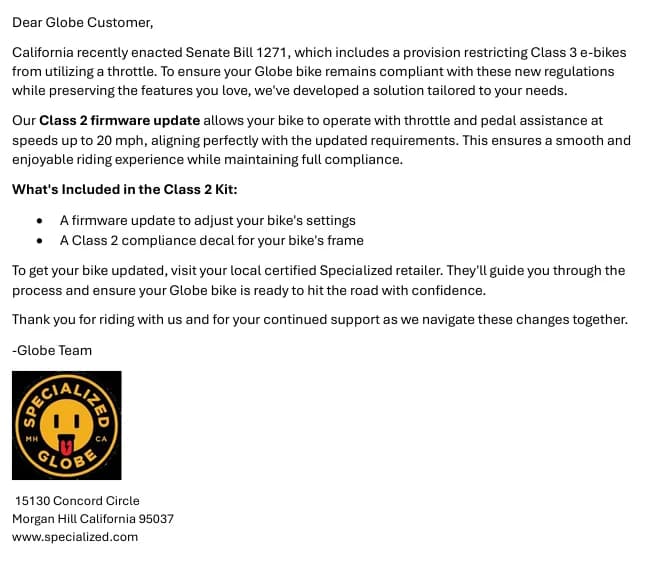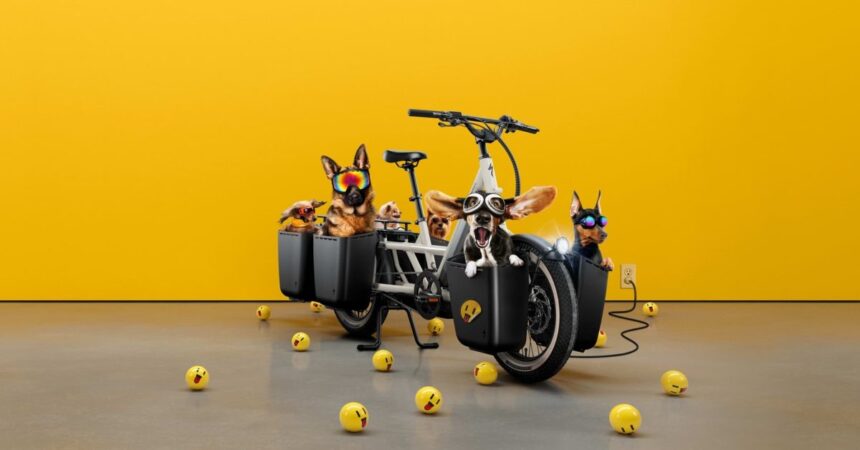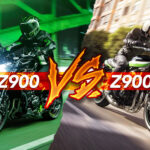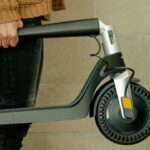California recently implemented revised regulations governing electric bicycles, effectively imposing more stringent speed restrictions on e-bikes equipped with throttles. As regulations took effect, uncertainty surrounded how electric bike manufacturers would respond; however, at least one company is starting to take steps to bring existing e-bikes owned by California residents into compliance.
The newly introduced legal guidelines eliminate any remaining ambiguity surrounding the classification of Class 2 and Class 3 electric bicycles. Many e-bikes have traditionally been designed to operate effectively across various classes, catering to the diverse needs of their proprietors. These bicycles can operate as either Class 2 e-bikes, achieving maximum velocities of 20 miles per hour (32 kilometres per hour), or as Class 3 e-bikes, capable of attaining speeds of up to 28 miles per hour (45 kilometres per hour) solely through pedal assistance with no throttle activation.
In fact, a vast majority of Class 3 e-bikes sold in the US feature this design, ensuring hybrid compliance that seamlessly blends performance with regulations governing both Class 2 and Class 3 e-bikes.
California’s revised regulations have clarified the distinction between e-bike classes, enabling riders to opt for either sole operation as a Class 2 e-bike, which allows throttling up to 20 mph, or as a Class 3 e-bike, allowing speeds of up to 28 mph but with no throttle assistance.
Despite regulatory uncertainty surrounding exemptions for existing e-bikes, Specialized is not leaving anything to chance.
Specialized, the manufacturer behind the Globe line of cargo e-bikes, recently dispatched an update to owners aimed at helping them bring their e-bikes into compliance with California’s newly implemented stricter regulations.
Like countless other electric bicycles flooding the market, the Globe e-bike lineup stands out for its throttle-based design, allowing riders to reach speeds of up to 20 miles per hour without pedaling, and with pedal assistance, that speed can increase to a maximum of 28 miles per hour.
The company’s latest firmware update will restrict its e-bikes to solely Class 2 mode, effectively disabling the motor’s ability to assist acceleration even when pedaling without throttle input?
The replacement will also include a Class 2 compliance sticker, replacing the previous Class 3 sticker, ensuring seamless transition and updated regulatory compliance.
To facilitate a seamless replacement process, homeowners of Globecare products are encouraged to contact their local authorized representative.
A rare letter duplicate may have been shared on Reddit and could potentially be viewed by users who visit the site.

Electrek’s Take
This innovative approach underscores Specialized’s commitment to accountability, acknowledging responsibility for its existing e-bike fleet that no longer complies with the newly implemented regulations.
To bring previously designed hybrid Class 2/3 e-bikes into regulatory compliance, there are primarily two alternatives:
By disengaging the motor and removing the throttle lever, the bicycle seamlessly transforms into a compliant Class 3 e-bike, conforming to California regulations. As designed, the system will automatically disengage the motor’s assistive capabilities once the rider reaches speeds exceeding 20 miles per hour, effectively transforming the e-bike into a Class 2 vehicle. It appears that Specialised has opted for the latter approach, which makes sense to me as well. Most homeowners of e-bikes are likely to say, “Take my top speed of 21-28 mph, but leave me my throttle control.” In North America, throttles are an integral component of e-bikes that evoke strong emotions from most riders; the notion of surrendering them would prompt widespread resistance, with many owners unwilling to part with their bikes if it meant giving up control.
Will the actual adoption rate of Globe’s replacement plan by a significant number of riders be the key metric to gauge its success? It’s generally inadvisable to rely solely on notifications, as most users would likely disregard the update and continue using their non-compliant e-bikes at earlier throttle-controlled speeds if they don’t physically visit the seller to do so. However, this assumption may not align with reality.
And to be honest, the real issue revolves around those e-bikes, rather than the Globes themselves? While many California residents take issue with young people tearing up sidewalks on moped-style electric bikes, a different narrative is unfolding elsewhere, where eco-conscious parents are embracing high-end, smart cargo e-bikes for daily errands, such as grocery shopping at upscale markets like Whole Foods or Trader Joe’s.











